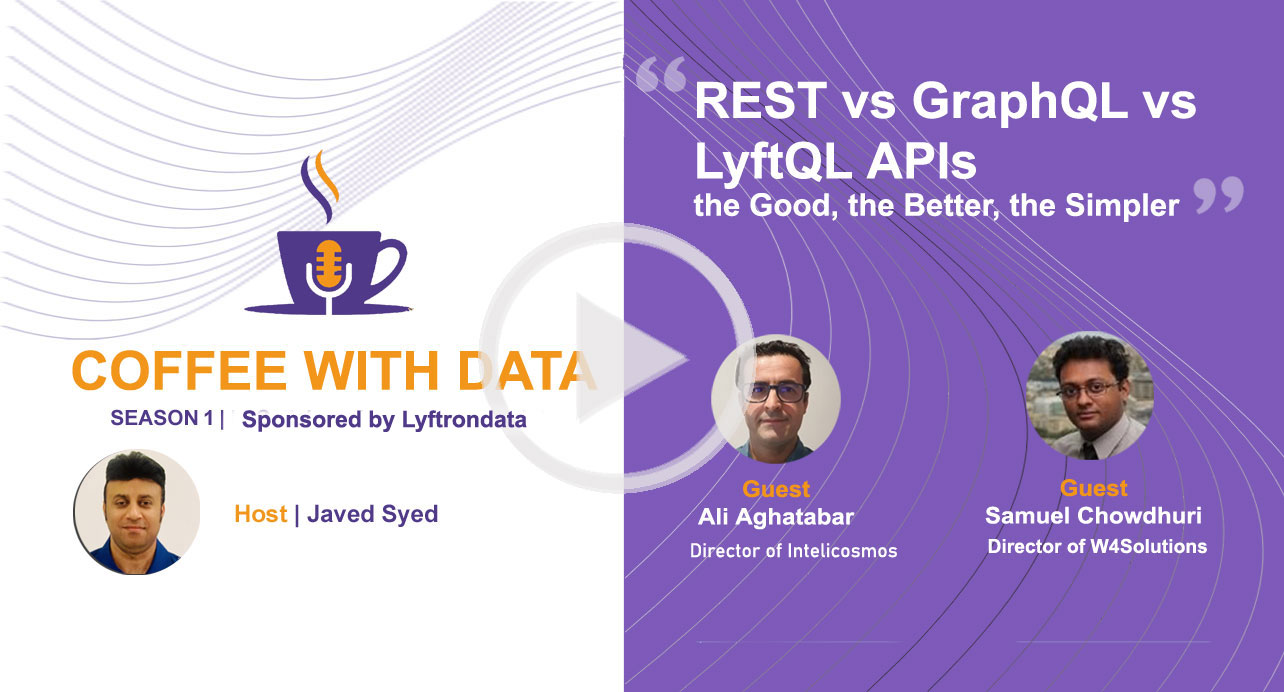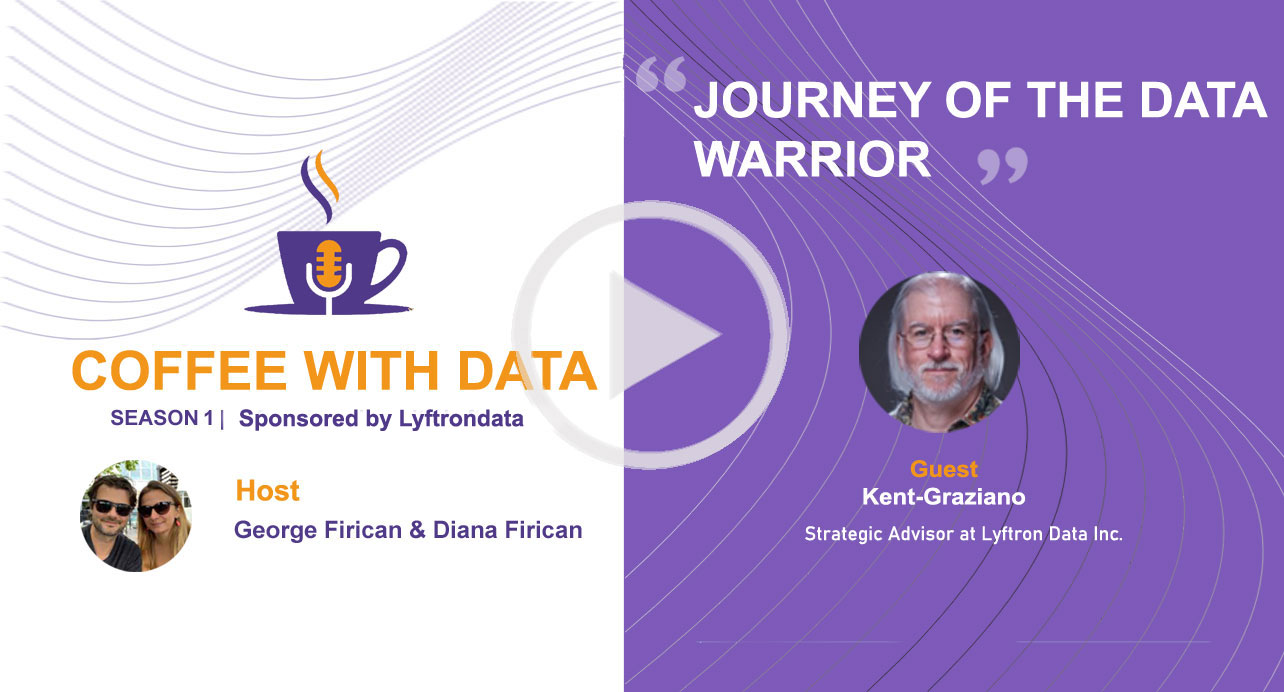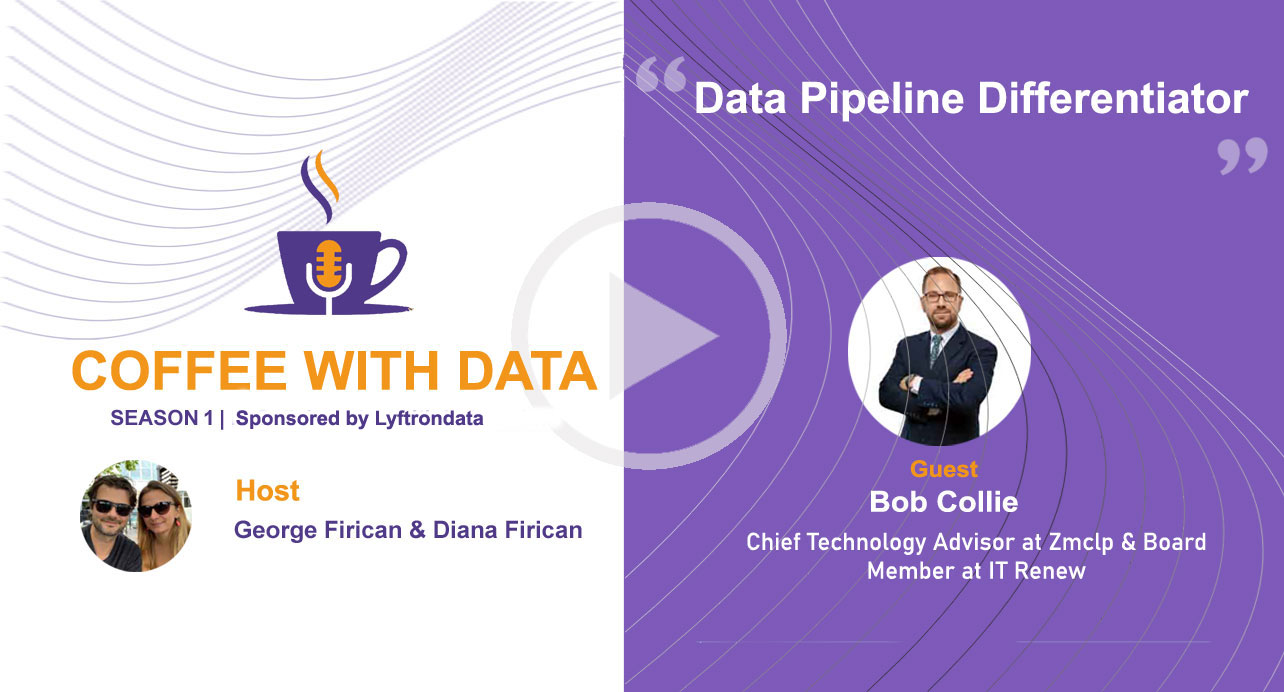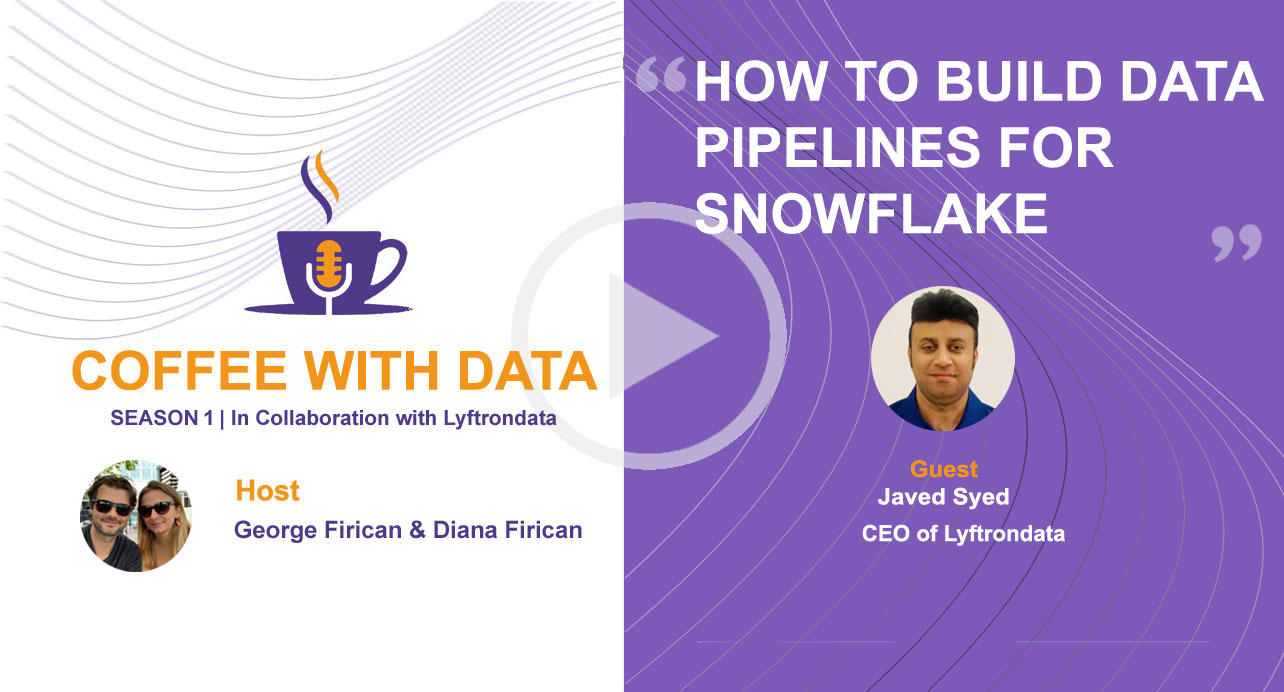REST API vs GraphQL
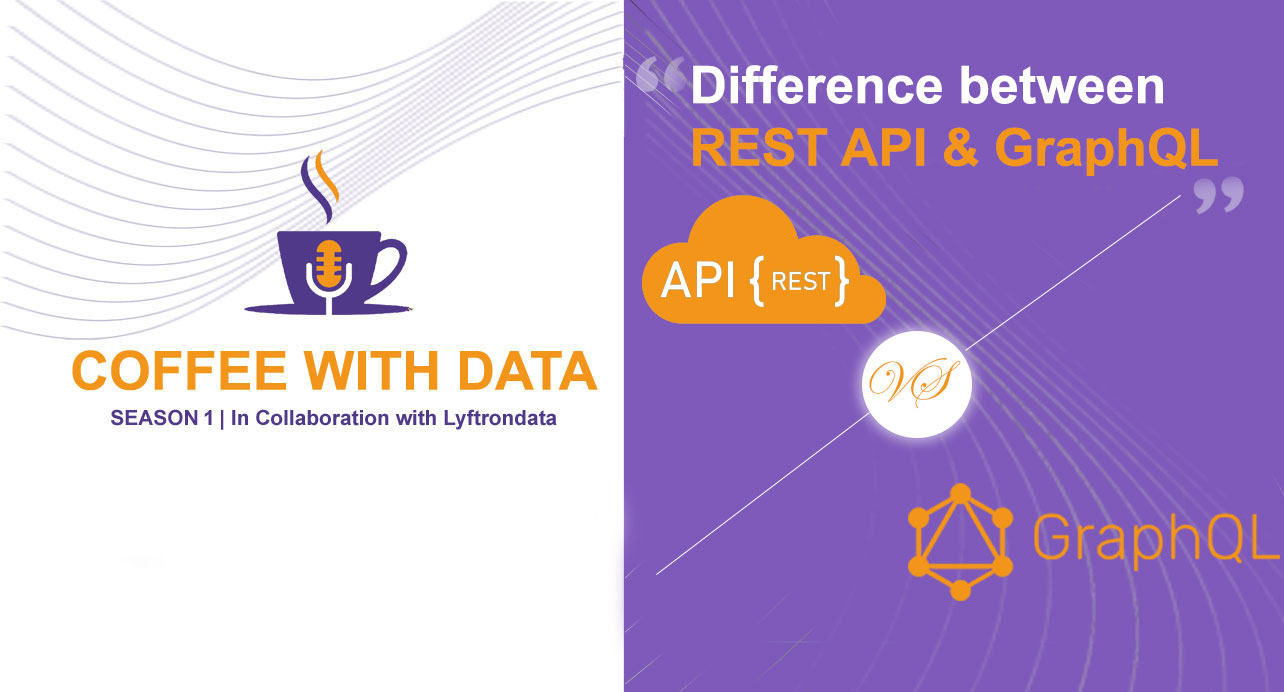
What is the difference between REST API & GraphQL
REST API and GraphQL are the two popular terms that procure software architecture style and open-source data query respectively. Both the above APIs (Application Programming Interface) allow the implementation of multiple types of calls, types of requests, and optimization of hypermedia. In this blog, you will learn about REST API and GraphQL API with their respective features, advantages/disadvantages, and key differences. And as a bonus, we will also help you find out which one is better.
